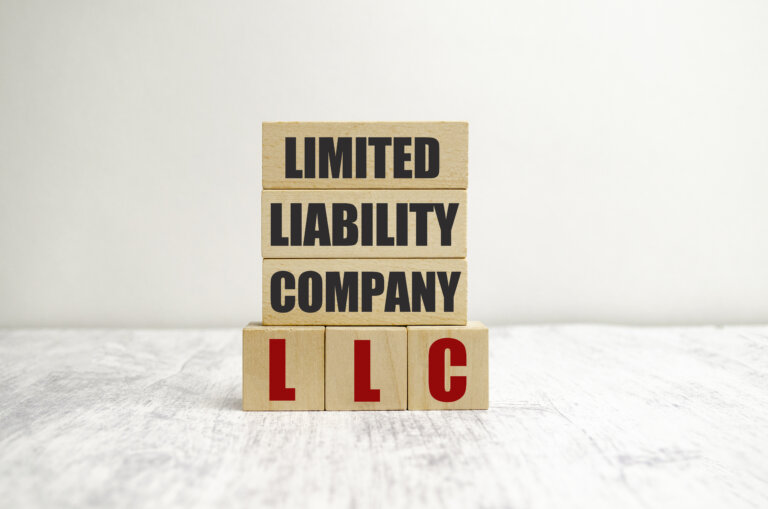Massachusetts Limited liability companies (LLCs) offer a number of tax and liability advantages to their owners. At the same time, members sometimes wonder how they should pay themselves from their LLCs without jeopardizing the financial health of their companies or flouting legal norms.
Using a profit distribution
An LLC owner can be paid by way of a profit distribution. This is a method in which profits from the business are distributed to its owners instead of being reinvested in the business. Another name for a profit distribution is an owner’s draw, since the owner withdraws money from the business for personal use.
The correct way to do a profit distribution will depend primarily on whether the company is a single- or multi-member LLC. Because an LLC is a pass-through entity, the process is relatively simple for a single-member LLC. The owner can simply draw the money out, provided he or she reports the LLC’s profits and losses on Schedule C of the individual’s personal tax return.
Multi-member LLCs complicate profit distributions. Simply moving the money from the business account to a personal one could raise eyebrows among the other members. A better practice is for the members to agree to a process that dictates how much, how often, and in what manner profit distributions may be taken by each owner. This should be laid out in your LLC’s operating agreement. If you do not have one, or an adequate operating agreement that determines at a minimum, how profits are allocated and the frequency of such distributions.
It should be noted that owner draws have tax consequences. The owner will need to pay self-employment taxes on the money, which ultimately decreases his or her profits.
Paying yourself a salary
Setting yourself up as a W-2 employee of your LLC is arguably the most advantageous way to get paid. You will receive a regular paycheck just like a typical employee of any business would. Doing this provides you with not only a reliable, predictable income, it will save you on taxes. That’s because, unlike a profit distribution, the W-2 employee only has to pay self-employment taxes on the salary that has been designated for him- or herself. This will save approximately 15% on taxes.
The IRS considers employee wages to be business expenses. These are deductible from the business income, but the owner will need to pay him- or herself according to IRS rules. One such rule is that the compensation must be reasonable, which generally means within industry standards. Also, the owner must file an IRS form W-4. This document helps determine how much in taxes will get withheld from each paycheck so you don’t run afoul of IRS rules. Finally, the member who takes this approach will have to pay income tax on any wages he or she receives.
Again, whether the LLC is single- or multi-member is also relevant. The owner of a single-member LLC must actively work in the business to pay him- or herself a salary as an employee. With a multi-member LLC, and with each owner responsible for daily business operations, all members must be paid a wage.
One other option: reinvest the profits
If your goal is to rapidly grow your business, you may want to consider reinvesting the profits back into it. However, even though you aren’t taking a paycheck, you will need to claim any company profits on your personal income tax return if your LLC is set up as an S corp. This is true even if you don’t take any wages or distributions from the business. That’s because any profit the LLC makes will pass through and become your tax liability.
Advising You On the Legal Issues That Affect Your LLC
SederLaw takes a multidisciplinary approach to representing our clients. We practice in numerous areas that affect LLCs, such as Tax Law and Business & Corporate Law. For that reason, you can depend on skilled, comprehensive legal service when you retain our firm. Find out more by connecting with our team today.
